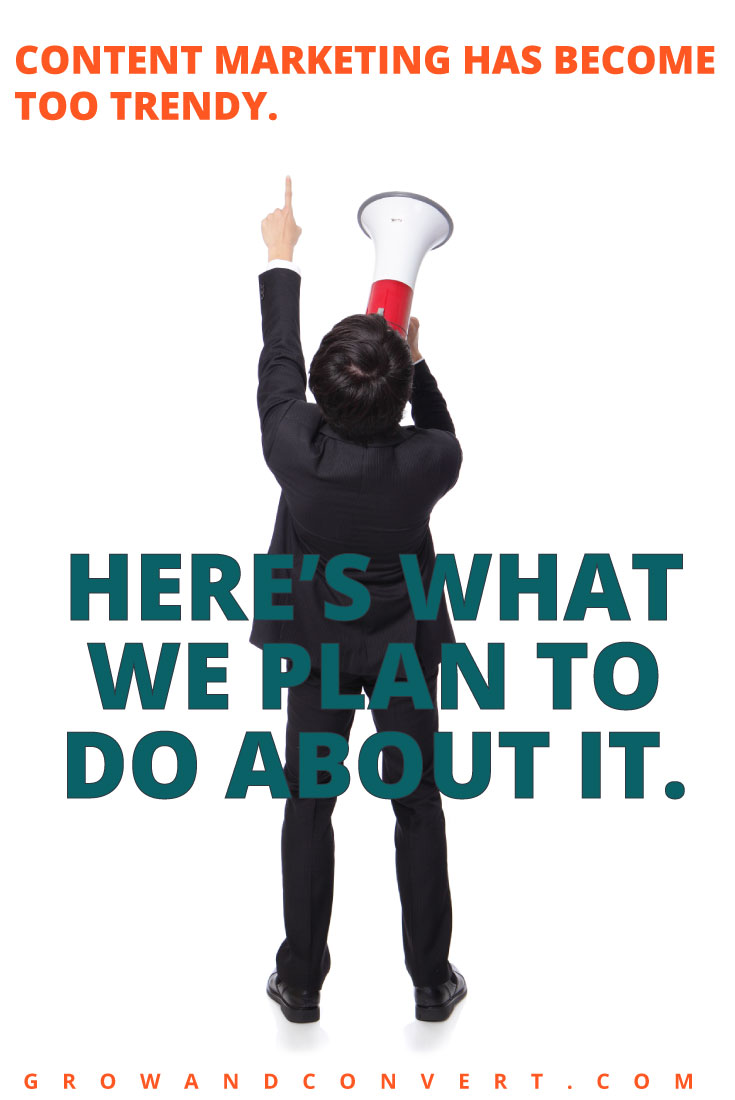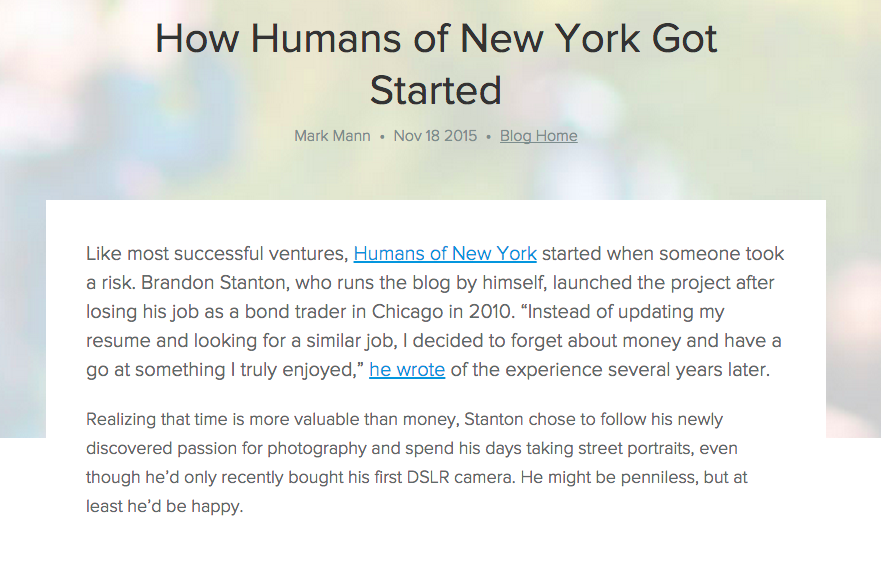If you read our first post, the question that’s probably on your mind is:
‘How are they going to grow to 40,000 readers in 6 months with a blog about content marketing? There’s a million other blogs out there talking about the same exact thing.’
In this post we’ll talk about how we plan to differentiate ourselves from the competition.
If you’re going to be successful with content marketing, It’s important that you separate yourself from the noise.
I define content strategy as all of the work that takes place prior to hitting publish.
By sharing our strategy and hearing our thought process, we hope that you can get some interesting ideas that you can apply to your own business and your own industry.
If you’re interested in having us think through your content strategy, feel free to leave a comment below with a link to your company and/or subscribe to our list and shoot us an e-mail with a link and the challenge you’re currently facing.
What We Realized About the Content Marketing Space
I’ve been analyzing the content marketing space for a while and what I realized is that there are very few, if any blogs covering how to do content marketing for multi-person businesses (as opposed to professional bloggers or solopreneurs). If there are, they don’t really go into detail about how to actually solve the challenges you face as you try to scale.
As a marketer, entrepreneur or someone interested in growing a blog, you might be wondering:
- How do we attract the right audience? (“Not just beginners, but real potential customers.”)
- How do we find writers who know about our industry? (“Our product is really technical. We need a writer that gets it”)
- How do we get traffic once you write your content? (“What do I do after I hit publish?”)
You’re not alone. These are questions that many marketers at companies face as they try to grow.
Our blog exists to provide answers to these questions, and more.
Our Unique Approach to Content Marketing — The Competitive Advantage
The place to start when thinking about your content strategy is to look at other blogs/companies out there and figure out how you can stand out from the crowd.
What unique information can you share that isn’t being shared? Is there a unique angle you can take that no one else is taking? How can you help people accomplish something? What problems can you help people solve?
These are questions you should be asking yourself.
Let’s look at our blog as an example. When we looked at the other “content marketing” blogs out there, we realized a number of things:
- There weren’t many blogs focused on marketers inside of multi-person businesses — where the business isn’t about blogging — that show you how to get leads, clients, and users from the blog. For example: If your blog is not your main business, how do you attract the right audience so that you can turn your traffic into revenue? That’s the niche we’re going after.
- Most of the content marketing blogs don’t go into detail about how to actually do things. They skim the surface providing high level examples but they don’t explain how to accomplish things for different types of businesses, and in different situations.
- Many blogs out there don’t have a personal relationship with their audience. We look forward to hearing the challenges from our audience so that we can help them accomplish their goals. For example, this blog has been live for about a week, and we already have exchanged around 15 emails with readers.

Note that these aren’t 15 email subscribers captured (we’re at 119 as of writing this post), but 15 people we’re already chatting with over email. We’ve already seen value from these exchanges, too. For example, a lot of people want help with content marketing for e-commerce businesses. We wouldn’t have known that unless we asked our audience! Your best source of information is your prospects and customers — in our case it’s our readers. Don’t market at them — help them achieve something! - There are a lot of consultants/companies/blogs out there that don’t practice what they preach, or if they do, you have no idea. So you end up wondering: Are they actually using the 17 tips for Facebook marketing that they just published? We’re countering this by setting our 40,000 visitor, and 5,000 e-mail subscriber goals and showing you exactly what we’re doing to hit those goals. And people are loving this goal — look at the way they’re wording their emails to us:


- It’s easy for people to talk about transparency but do they really mean it? We aim to share everything along the way with the goal of helping you learn while we go. At the end of every month we’ll share our transparency report that shows all of our numbers and shares our learnings for the month. Follow our Twitter and Facebook accounts for more frequent updates 🙂
So there you have it. These five things are what we think will make us stand out from the crowded content marketing space.
Your turn: What things will differentiate your blog and your company from the rest out there?
The (Not So Secret) Secret to Content Marketing
Put your customers (readers) first and help them accomplish something, learn something, or make them think deeply about something that would be of interest to them. The audience will follow.
I know it doesn’t sound like much but I can promise you that if you focus on helping people first and you put your motivations second — that’s what will lead you to being successful in content marketing.
In this post on how Humans of New York Got Started, Brandon Stanton (the creator) attributes much of his success to putting passion over profits.
Put yourself in your customers shoes and try to foresee the challenges that they might have that you can help them solve.
Some examples of how you can put your customers first:
If you’re running a VC firm or you’re an angel investor:
If you’re a VC firm, what advice could you give to entrepreneurs about raising funding – From initial research to pitching? Can you help them thinking through how to valuate their companies? Can you help them answer the question: When’s the right time to take on investment?
By answering a lot of these pain points up front, not only are you saving your time, but you’re helping educate your audience and build trust with them. Give before you receive. Great examples of this:
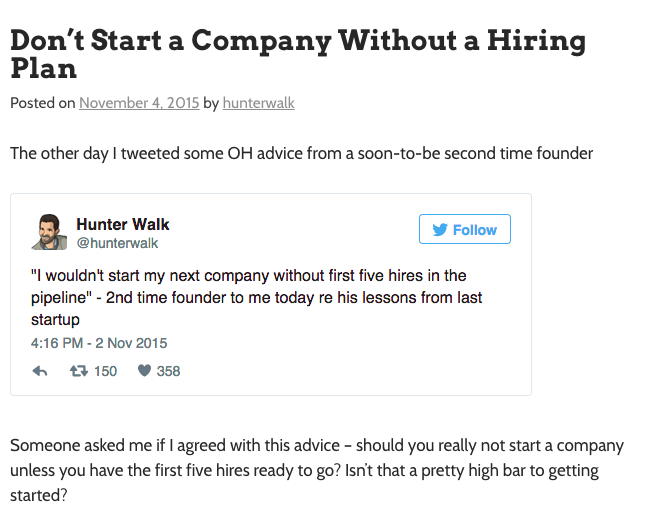
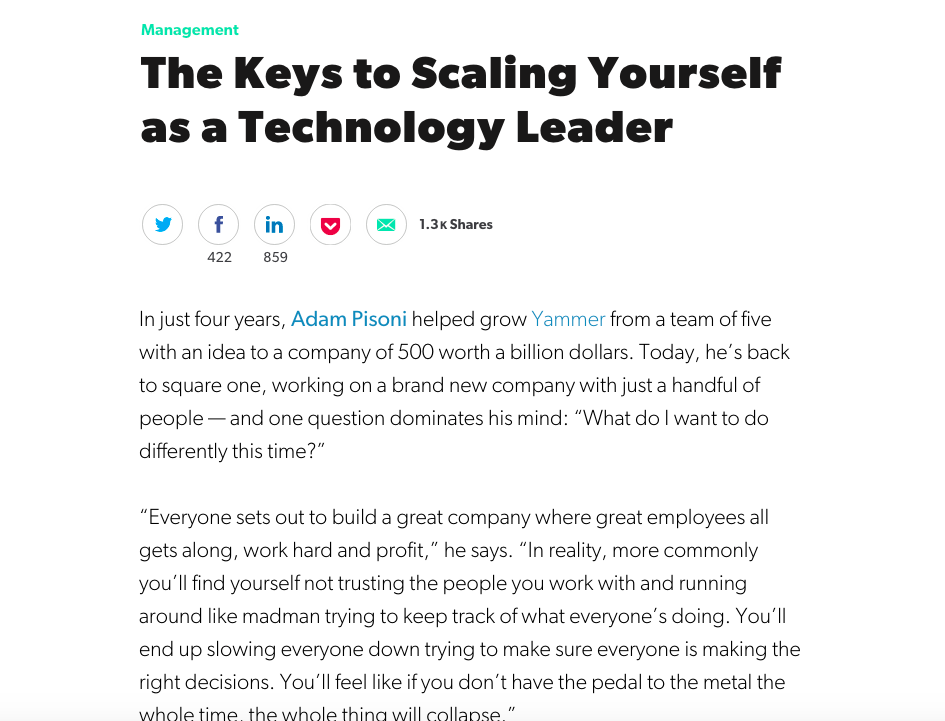
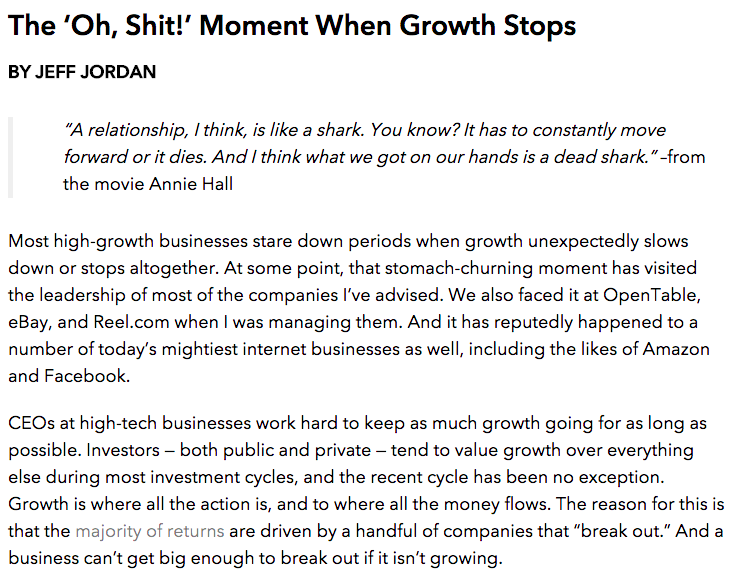
I remember the first time I started a business and read The Struggle by Ben Horowitz — I instantly connected with him.
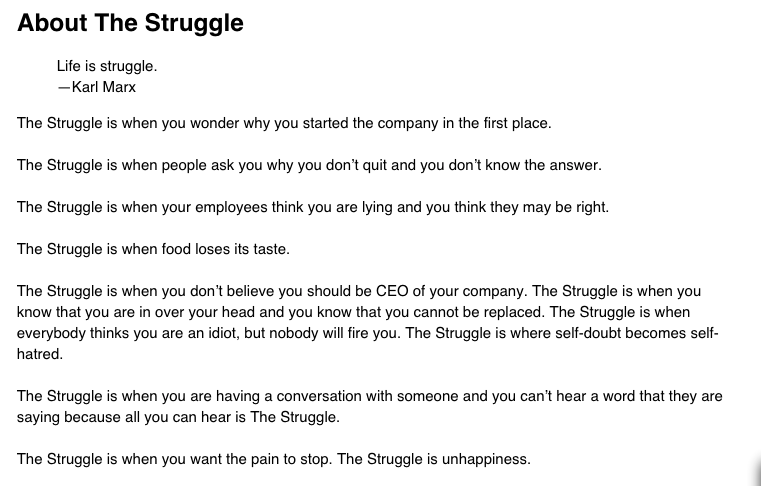
If you’re running an e-commerce store
If you’re running an e-commerce store — what questions do you typically get from your clients? Let’s say you run an online store for car parts — what types of questions would people looking for car parts have? For example: Could part x work in this situation? Is (part name) adaptable to this model of car? Think of all the situations that someone might be needing your parts and be the expert and help them. This strategy will help you win the SEO game because you’ll be matching content to search intent.
Here are a couple of examples of e-commerce companies that do content marketing well:

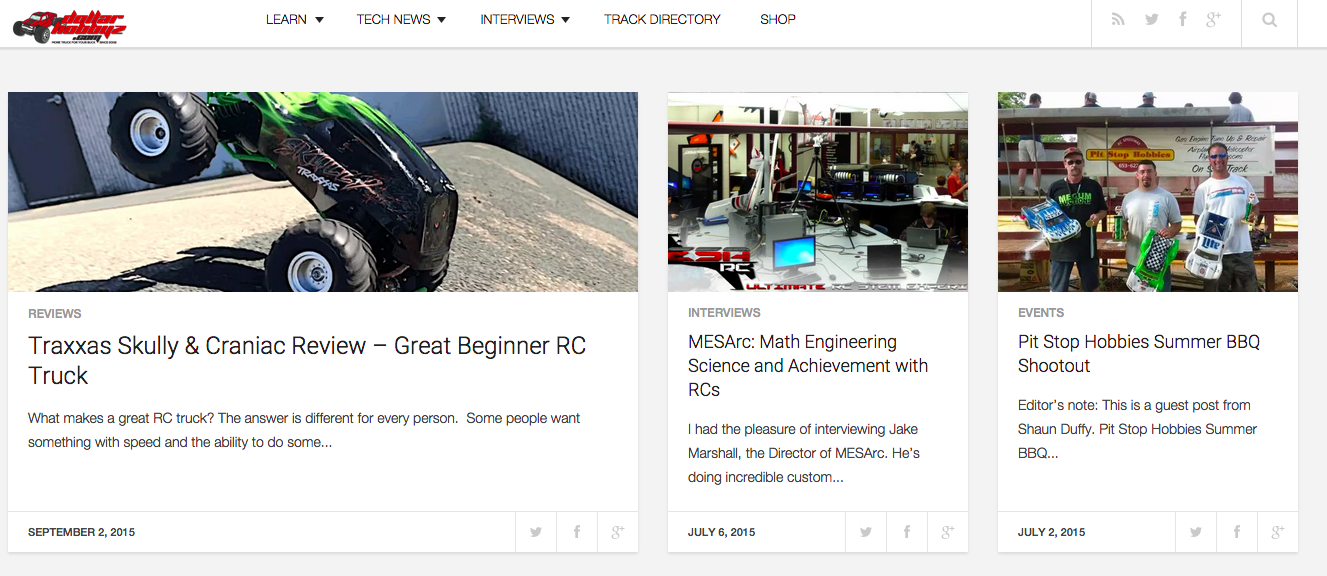
Real Estate
If you’re a residential real estate company — how could you help your buyers in the research phase? Is the neighborhood safe? Does this area have good schools? What are the attractions in the area? What’s life like in that area?
These are questions people might have when they’re researching a city before they decide to move. If you help them at this phase then who are they going to go to as the trusted resource for when they need to purchase? Then when they’re ready to purchase a house, what are they common questions that people ask you? Maybe this is their first time purchasing a house… if you were them, what would they need or want to know?
By mapping out content to different stages in the buyers journey , you’ll be building trust with prospects on various levels- ultimately leading them to feel more comfortable purchasing from you when they’re ready.
A great example of this:

To sum it all up
We are going to stand out from our competition by focusing on helping marketers inside of businesses. Our unique angle is having our goal of 40,000 unique visitors in 6 months so that people can see that we practice what we preach, and learn from our successes and failures. We’re focused on writing long-form content that gives examples of what we’re doing and what other companies are doing that do content marketing well.
We want to have a personal relationship with our readers – we strive to respond to every e-mail and answer real challenges that our readers face as examples in our posts.
Here are updates on our progress so far:
Blog Traffic and List Building Update: November 2015
Our 2015 Blog Stats Revealed + The Art of Content Promotion
For the next post I’m writing – please subscribe to our list and/or leave your website in the comments below. I’m going to take a few examples from our readership and outline how I would think about approaching your content strategy.
Want us to write an in depth case study or story about you or your company? We’ll also drive traffic to it. Apply here.
Like this article? We produce stories like these for our clients, learn more here.
Join the G&C Content Strategies Newsletter
We send in depth articles about content marketing about once a week. No list posts, no high level stuff.
It's free and marketers at companies such as Salesforce Desk, PayPal, and Cisco have joined.


